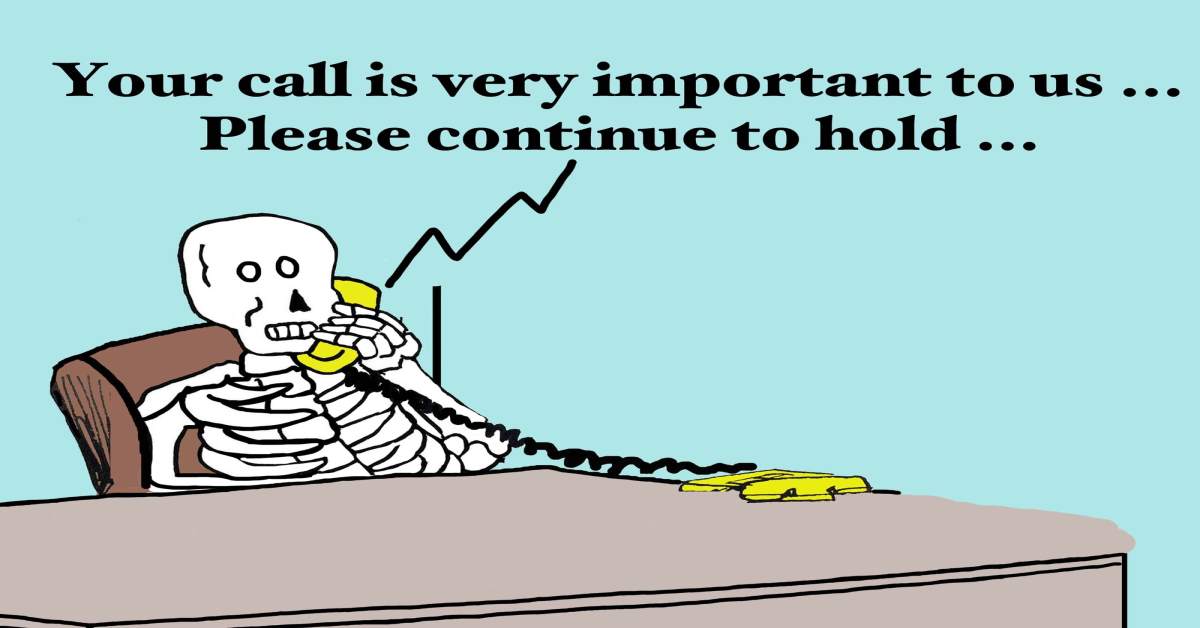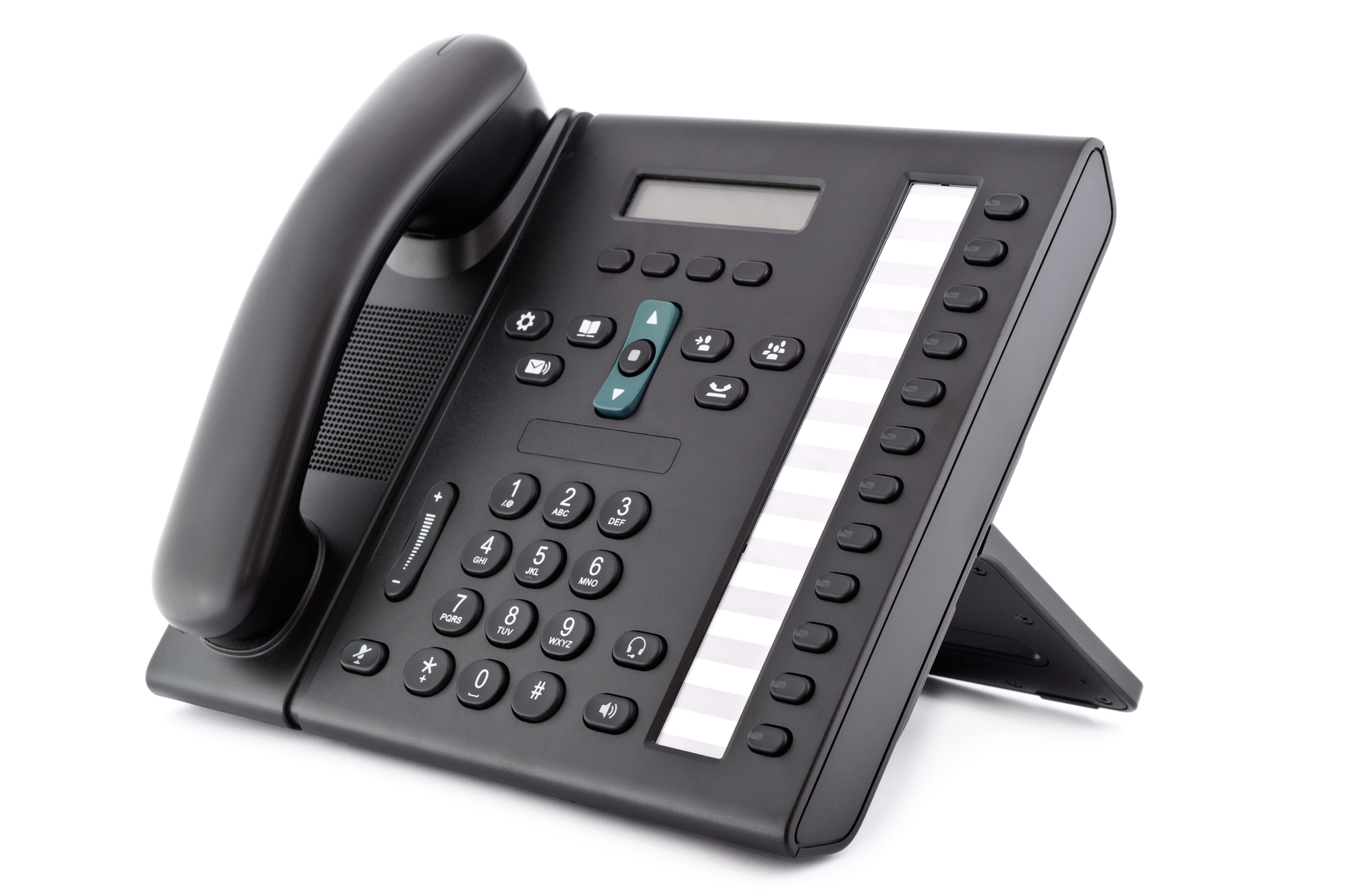You may think this is boring, but it’s what works. Leave the sales talk and the promotion for when you call them back. Leaving a greeting is all well and good, but if it has no context you’re going to struggle to stop the person from giving up on you. Make sure people know that they’ve reached the right place. Hello, this is the office of X, the Y department. Please leave your name, reason for calling, and I’ll get back to you as soon as I can. By mentioning the specific department or office they’ve reached, you’re reminding them that they’ve reached the right place, and this is not some generic support department they’ve been redirected to. We talk to lots of different people every day. Make sure you remind people of who you are, and why you’re the best person to handle their call (and more importantly their valuable time). Hello, my name is X, the Senior Manager of Y, I’m sorry I’m unavailable right now, but if you leave your number I’ll return your call as soon as I can. Not only have you revealed who you are, but you’ve also given them the reassurance that their call is important to you. It leaves the right impression. The order of your words can seriously impact how your greeting is received. Research shows that we remember the first and last items on a list best, so the statements that matter most are those at the beginning and those at the end. Hello, you have reached X. I’m out of the office at the moment. Provide me with your contact details and I’ll get back to you as soon as I can. Do you see how important the order of the words is? The name comes first and the call to action is last. Most people will put all this important information in the middle of their greeting. It may not seem like a big difference, but it really matters. It can be tempting to try to fit as much information into a voicemail greeting as possible. Don’t do that. Sometimes less is more. Try to incorporate some strategic pauses into your greeting, so you can let everything sink in. Hello, this is X from Y. [Pause] I am not available to take your call right now. [Pause] If you are calling about Z, then please leave your name and number and I will get back to you as soon as you can.
Typically, a good business voicemail greeting should comprise the following elements: A warm greeting. Your name, the name of your company and department name. Make an apology for being unable to take the call. Ask the caller to leave a message.
.
After dialing that code, users can listen to new and past voicemail messages. They can update their recordings and change settings like PIN numbers.
Here’s a simple clinician voicemail script if you want to keep your message to the point. Hello. You’ve reached Highland Family Counseling Services. We are currently unable to take your call, so please state your name, phone number, and a detailed message after the beep. We will return all …
A dependable VoIP system, many businesses choose to rely on Nextiva to conduct business activities inside and outside the office. Your location no longer depicts how much work you can complete. You can now finish all work projects from anywhere via your smartphone.
34. Hello, this is [your name]. I’m currently out of the office celebrating [X holiday]. I’ll be back on [X date], so leave a quick message and I’ll be sure to return your call when I get back. Have a happy [holiday]!

Open your voicemail greeting with a 'Thank you for your call. We're not available right now by please leave your message and we'll get back to you within [specify time]'.
Getting a virtual telephone number is a pretty straightforward procedure. You can start by signing up with a service provider. Then you select a country and a phone number that customers will dial to reach your small business. And you’re good to go. You’ll be able to receive calls on your mobile phone, laptop, tablet, home phone - wherever you are, as long as you have an internet connection or cellular phone line.

I am not in the office today; I may not be in tomorrow. I may be in to work sooner, if you gave me your car to borrow.
People have short attention spans these days, and you should always craft your communications for the lowest common denominator with something as universal as your voicemail.

49. Hello, you’ve reached the customer service team for [X company]. Our representatives are currently unavailable, but if you leave your name and a callback number, someone will get back to you shortly.
Voicemail is predominant when no one can answer the phone. Nonetheless, a devoted receptionist can lower the need for this option and aid folks reach a live person. Hold in mind live chat as smartly in case your prospects resolve to prevail in out on-line.

Work from anywhere with mobile & desktop apps Stay connected with video meetings Manage users easily with intuitive admin portal
9. "Hey, this is [your name]. Thanks for reaching out. I'm busy at the moment, but if you leave your name, number, and message, I'll return your call.”

Website: https://www.mixvoip.com/tips-and-script-templates-for-professional-voicemail-greetings

We’re keeping it simple with this one. Just a few basic elements to help you get started. As long as you know who your audience is, the message you wish to convey, and the information you need from the caller, the rest should fall into place quite nicely. Let’s face it, a voicemail greeting for a lumber company will probably be different than that of a psychologist’s office. One greeting is aimed at securing potential customers, and the other is geared towards appointments, more or less. Once you are certain who your caller is, the better your voicemail. Center on your audience, first and foremost. Knowing what to relate ensures that your caller will leave the right message. For instance, if you’re a retail store, you would include your hours of operations, and perhaps any specials that you’re running. If you are a therapist’s office, then you’d need to include an alternate number in case a patient is having an issue and requires immediate help. Again, this will vary depending on the business. Here, a therapist would definitely request the caller leave their contact information. However, a retail store chain might not request that. There are also complex voicemail systems such as those used by mobile phone services, which ask you to press a certain number on your phone, where you are asked to leave your account information. Again, as you can see, it all boils down to the demographics of your callers, and what you need from them to conduct the best business possible. Depending on the situation, your caller might be in a good mood or not. In either case, they’ll probably be eagerly awaiting your call. So, it stands to reason that you only promise them a call back if you can deliver. In other words, if you’re a small shop and you’ve decided to close due to a much-needed sabbatical, then don’t leave a voicemail greeting where you promise them to call right back. However, if you have an active customer service staff, then you can promise to return their call within the same day.

The above might sound fine, and it can work as a starting basis to create your voicemail script. But what if you want to work from an example to get a sense of how it will sound? Let’s use a sample voicemail of someone selling business widgets that save administration costs. Good morning, this is Jane Doe at Business Widgets.